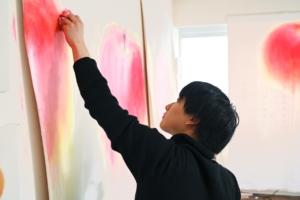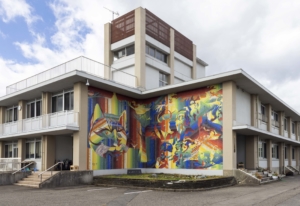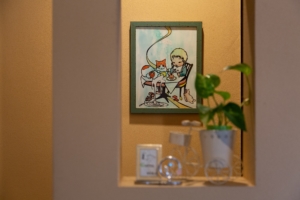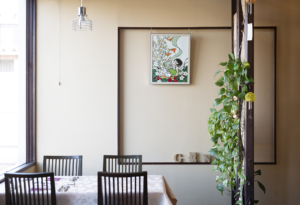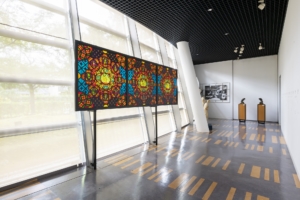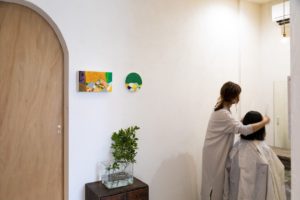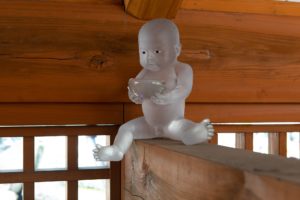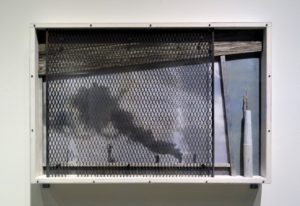From Fukui to overseas. I got information that there are dancers in Europe where contemporary dance is popular and I got in touch with them. Iwamoto Aki(岩本亜樹) interviewed overseas about what she thinks, what she thinks, and what she wants to realize with her body expression.
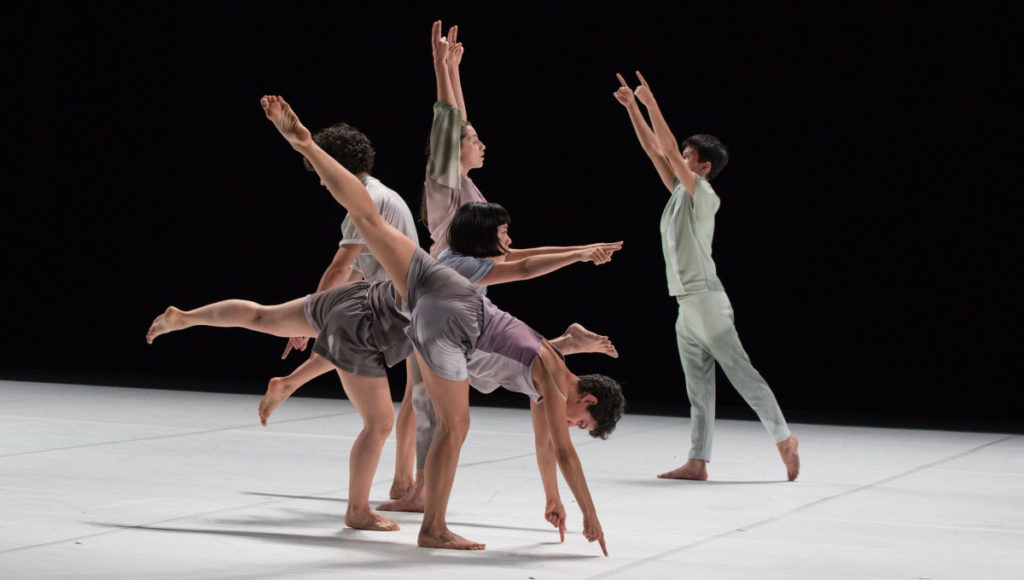
The dance can be shared with the audience in another language
-There are many kinds of dance. Why did you choose the contemporary and minimalist dance style that is currently in use?
Because I liked watching the fluctuation. People seem to be attracted to the fluctuation. It is said that a fluctuating thing means a state in which spatial and temporal movements are partially irregular. I feel a sense of philosophy when I stare at the leaves, the stream, and the crowd.
In my solo work two years ago, I focused on the simple movement of rotating the space for almost 10 minutes. This is a collaboration by the musician Zoë Mc Pherson. It was a precious and exciting time to work from scratch with her, a composer, vocalist and already active electronic musician.
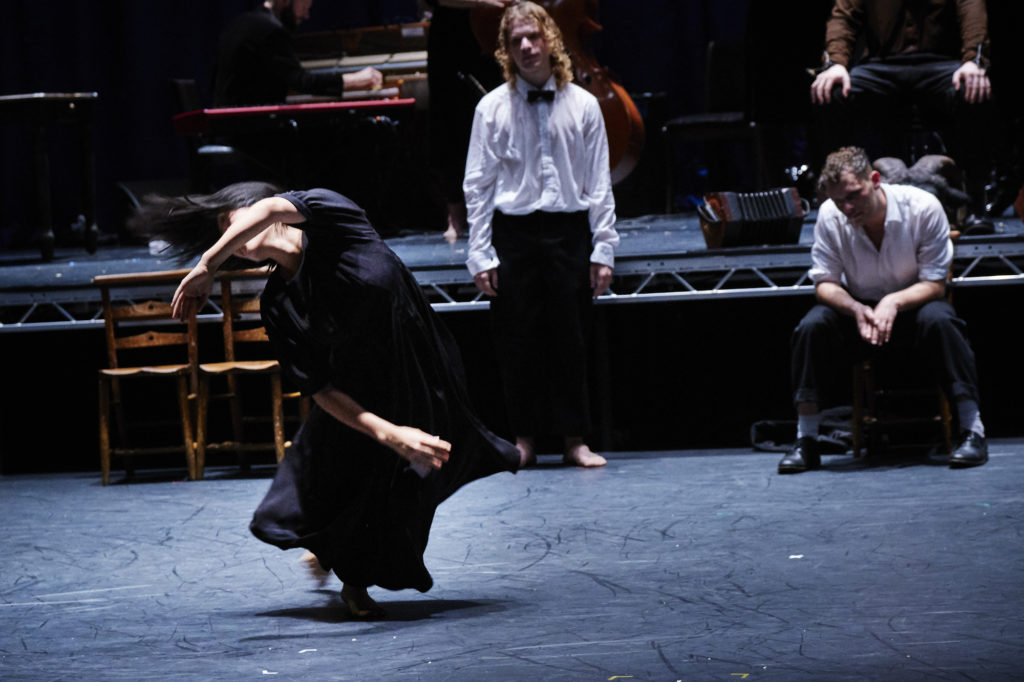
-Do you think about choreography when you have music first, or do you think about choreography when you have music? What kind of style is the work made in?
It was a challenge for both of us to find that dialogue.We communicated by sending music and videos even when we didn’t see each other.Then I decided the direction of the work and we spread our ideas together.In the end, I made variations, spaces, and direction in the way I played, and decided on the music with her.
I was also inspired in my private life.Our days go by in a similar rhythm.My feelings and relationships are always the same, and they keep changing.Every day is repeated, but there is a change somewhere. That is very strange and interesting to me.Consecutive things are subject to change. When I wanted to replace this feeling with my body, I came up with a simple sequence of actions.
One action has visual beauty.The ceremony is called a Sufi dance, and it is a religious place where rotating is performed.Rotating is like meditating. Turning is an act that can destroy and liberate oneself.
As I practiced, I became able to control the speed and space of my turns.
I became able to fall into “a feeling of consciousness throughout the body” “a calm overlooking sense of self”. I feel that this work comes from these exaltations and trances, and that it can be shared with the audience as another language, not words.
They can interact by sharing time, sensation and energy with the audience. Dancing fades with time, but the space has a lingering afterglow that leaves the audience with memories and experiences. The eyes of the audience are generating empathy and feeling. As a performer, I find it interesting.
-I agree. We can share the time axis, the space, the emotions that we feel though invisible. I can’t dance, but looking at it makes me feel “Can you take me there?” floating.
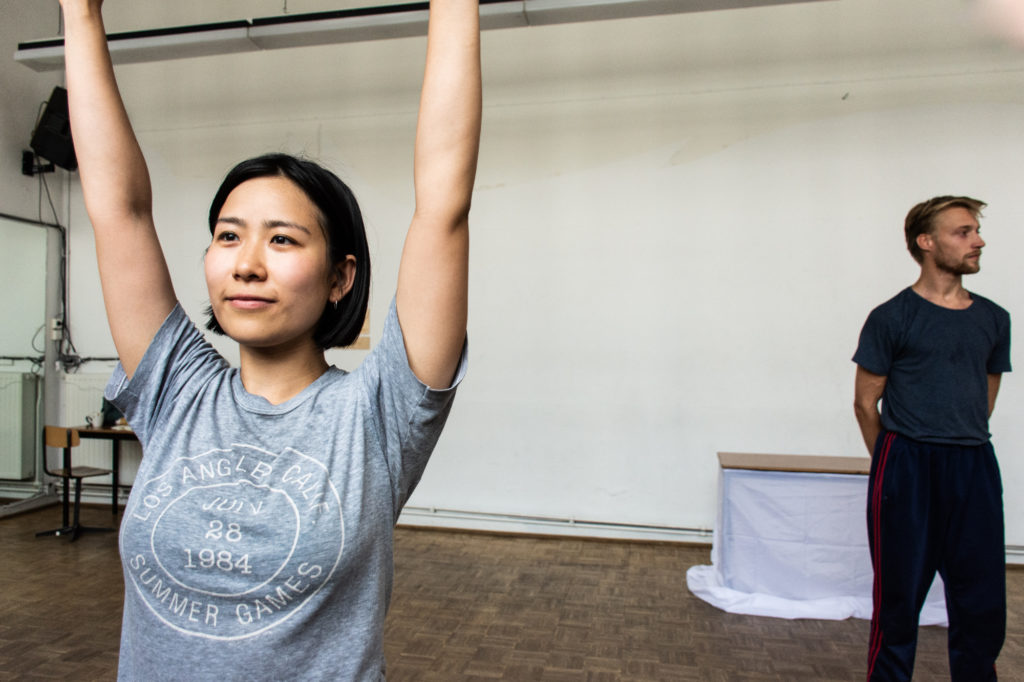
-Continuing to dance is difficult in Japan. What is the starting point from which you can go abroad and continue?
Living in Europe is marked by differences in language, culture and history. This is big. There are a lot of things that make me laugh, “It doesn’t happen in Japan, does it?”. Meeting this unpredictable opportunity may also be one reason you want to be here. It’s amazing how that can influence you and give you an opportunity to find inspiration and new perspectives.
I remember my father saying, “I always try to choose the difficult one when I have to choose one.”. This word is one of the ingredients of my decision.
I try to follow what I’m interested in and interested in as honestly as possible.
I met more of those people after I came to Europe than when I was in Japan. I don’t mind living in Europe. If there is one thing, it took me a long time to build up a relationship of trust with English skills of middle school level.
Profile
Iwamoto Aki (岩本 亜樹)
In 1992, She was born in Fukui City, Fukui Prefecture, and belonged to JETS at Fukui Commercial High School. She went on to Japan Women’s College of Physical Education and studied under Takiko Iwabuchi and Saburo Teshigawara.After graduation, she went to Europe, and in June 2018 graduated from the dance school of the Royal Conservatory of Antwerp. She is currently touring Europe with the choreographer Mud Le Pladec “Twenty seven Perspectives” Michael Keegan-Dolan’s “MÁM ”. She is also a member of the dance collective The Backyard. She lives in Brussels, Belgium.
